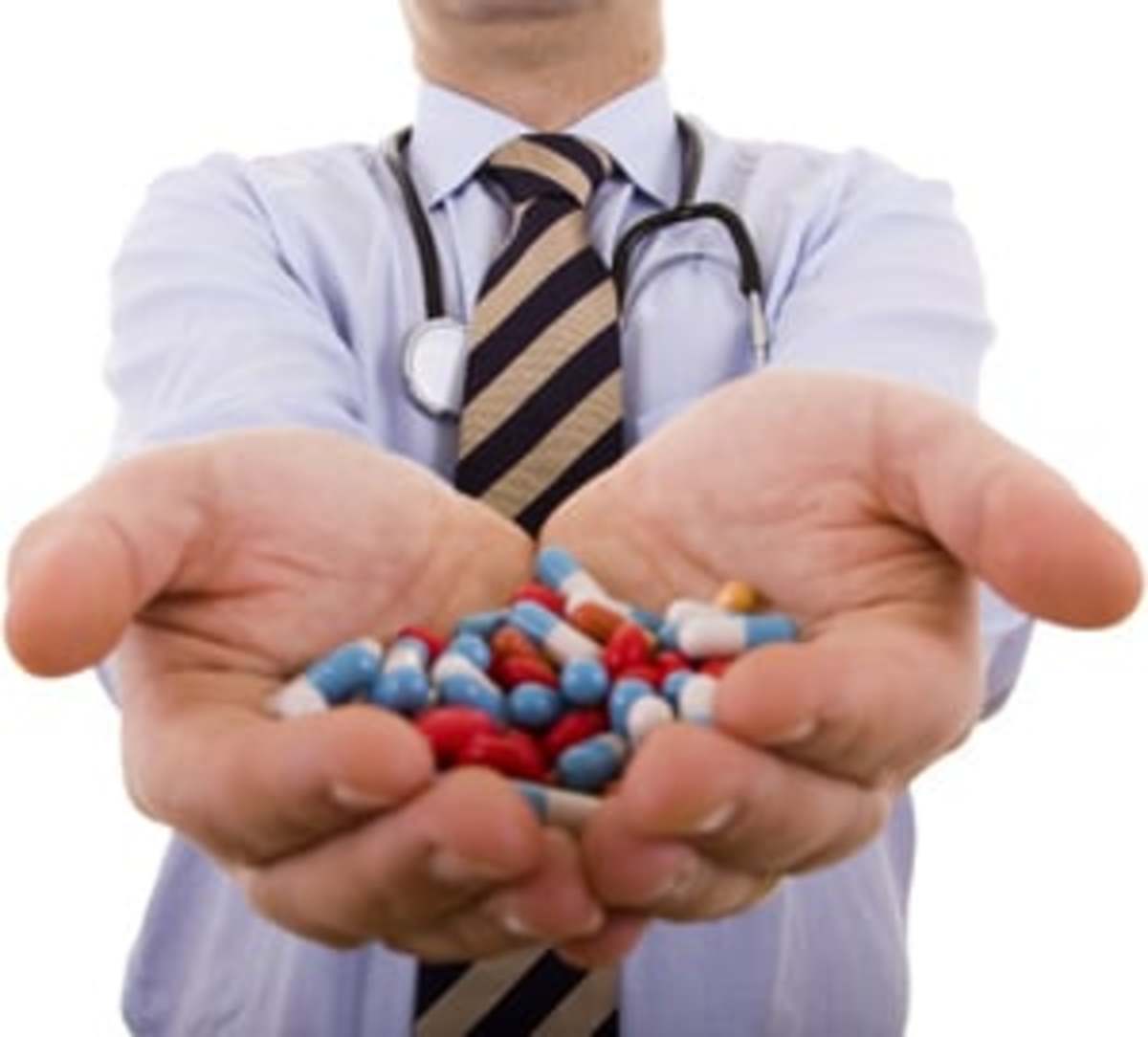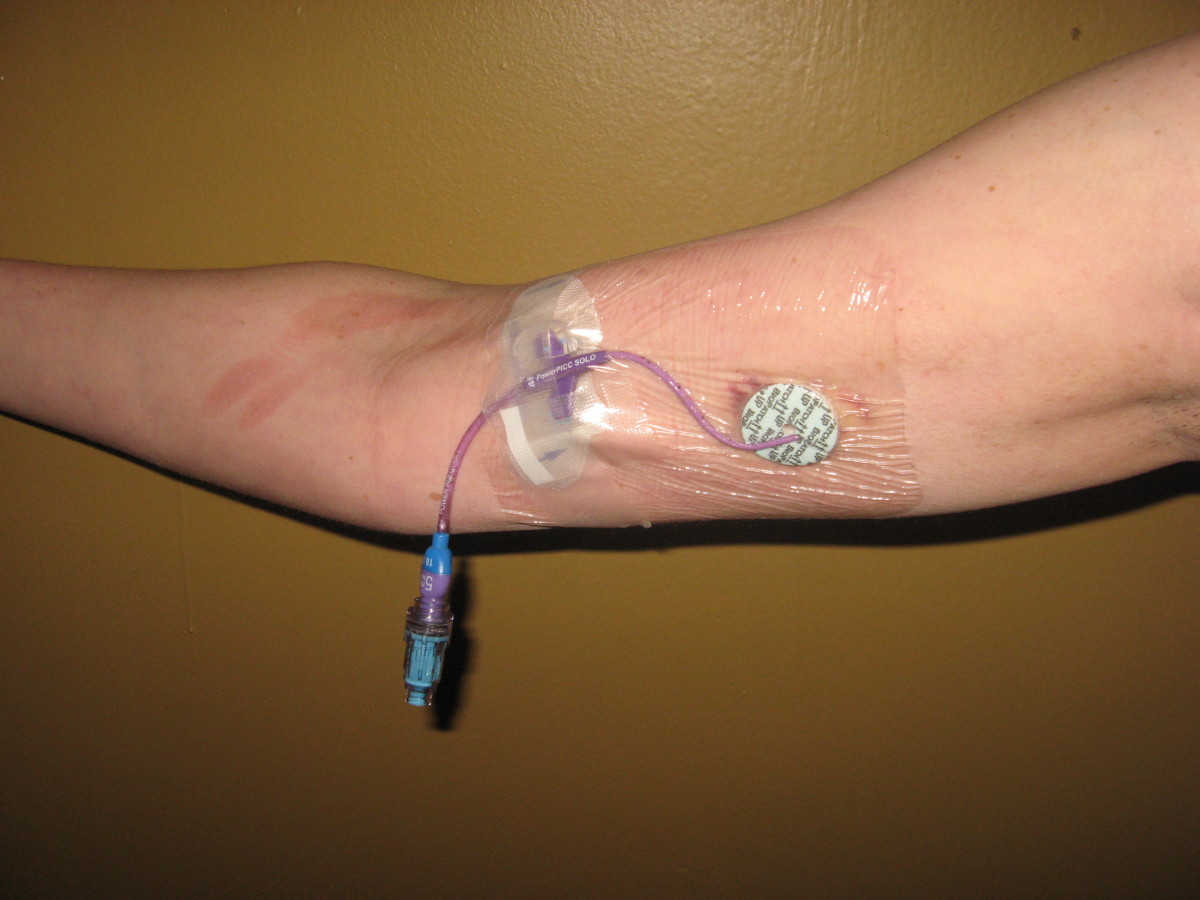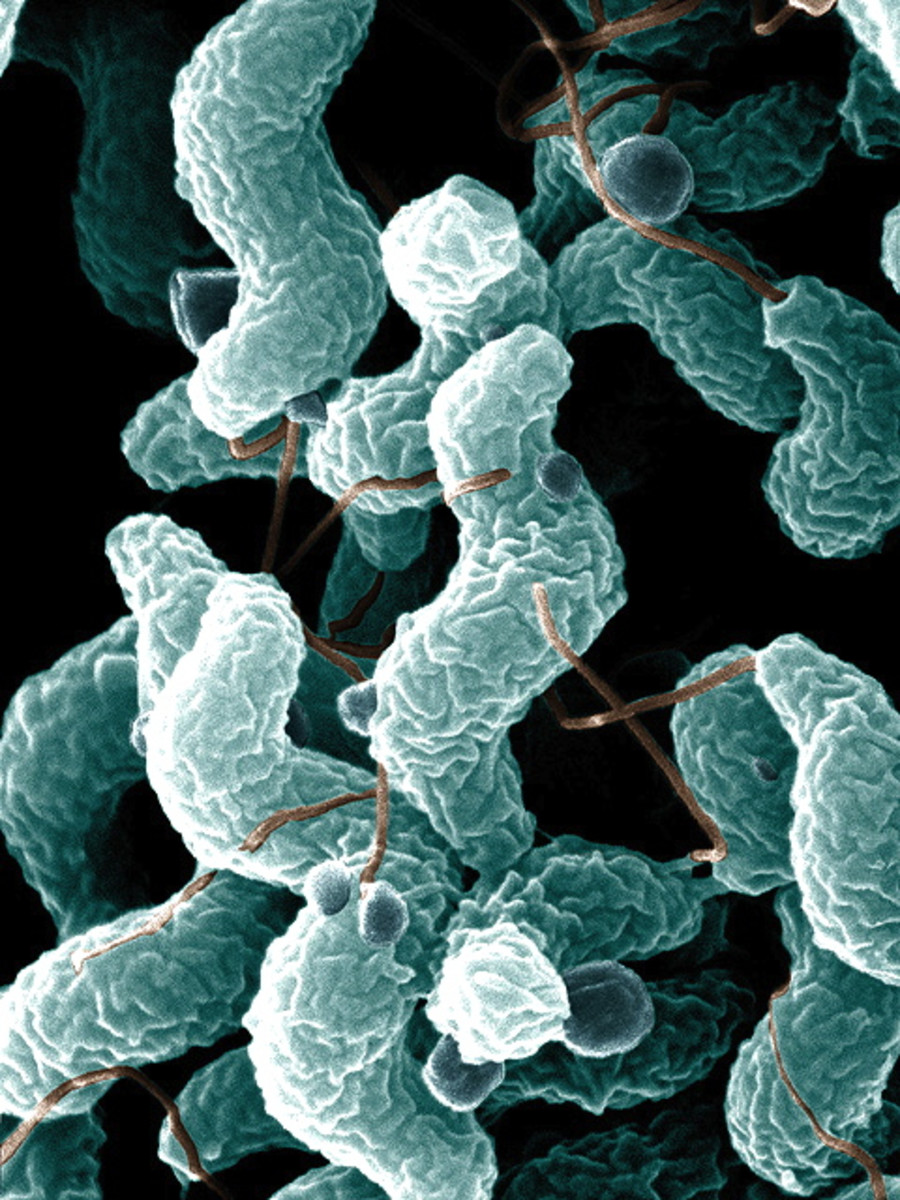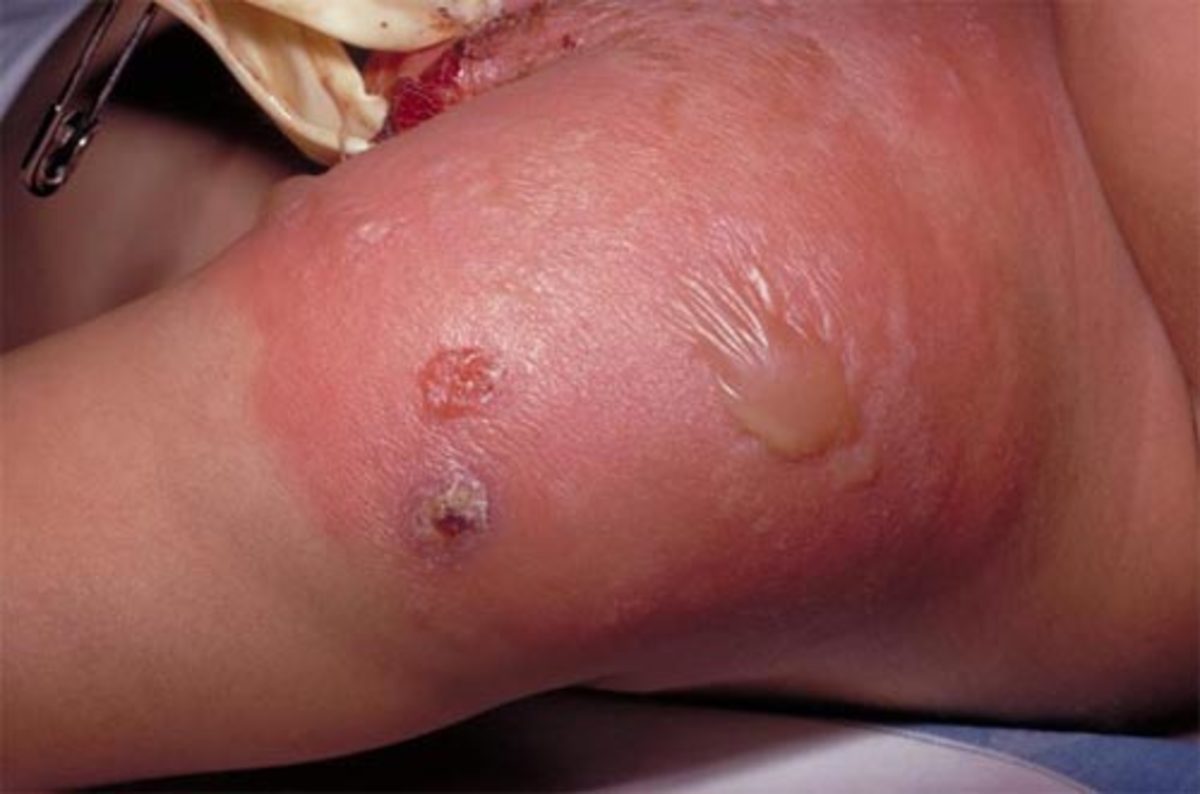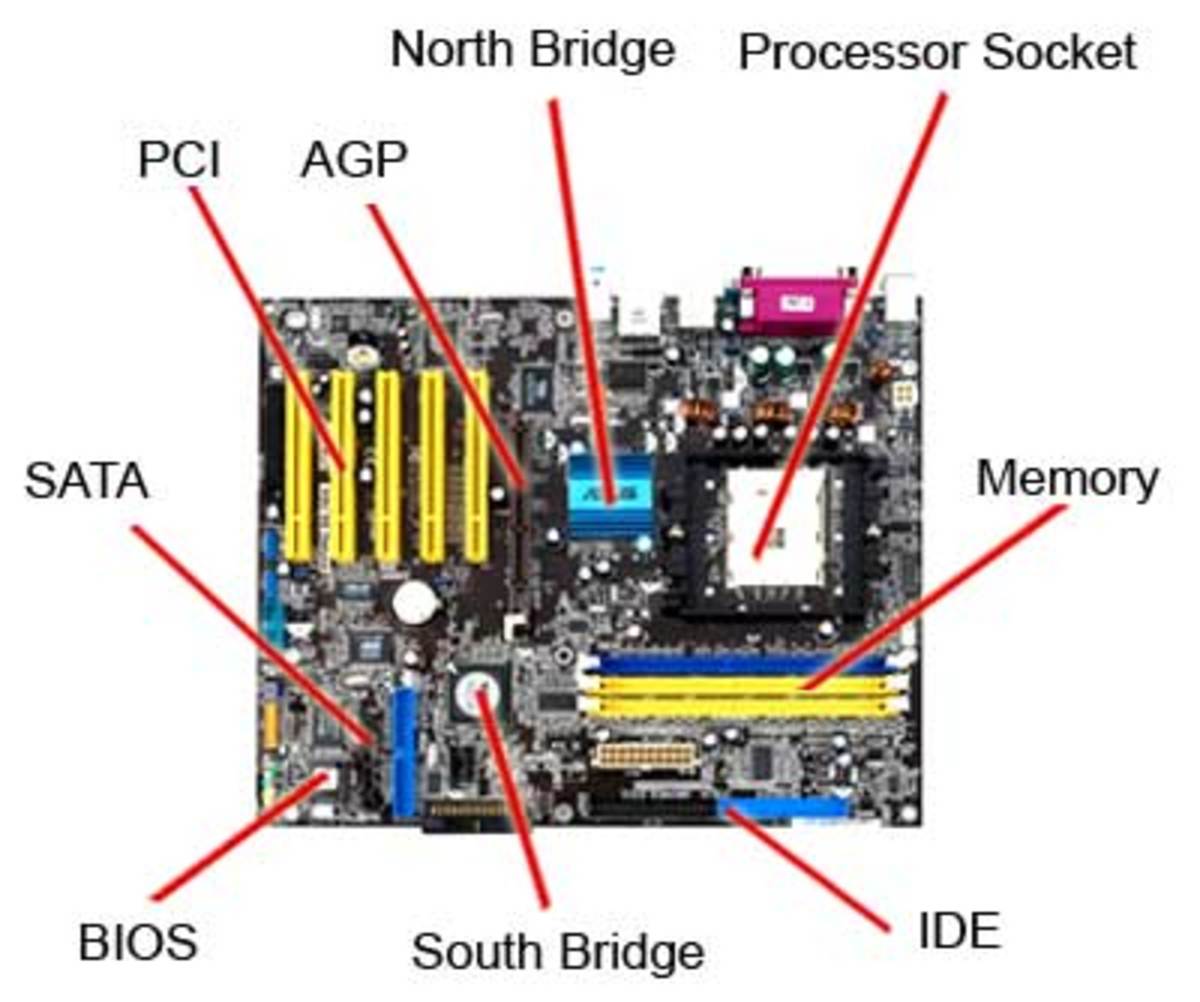Nanomedcines Open New Avenues for Making Antibiotic Therapy Effective Against Mutidrugs Resistant Bacteria
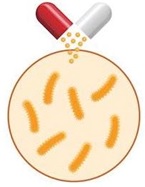
Mutlidrugs Resistance and Its Consequences
Antibiotics are important drugs used for the treatment and management of various infectious diseases. They are the drugs of choice for infections caused by pathogenic bacterial strains. When bacteria become insensitive to the lethal doses of antibiotics, they are said to be resistant to antibiotics. Multidrugs resistance is said to occur when pathogenic bacteria become insensitive to lethal doses of multiple antibiotics. Multidrugs resistance developed by bacteria is currently one of the main health concern across the globe as the treatment of various bacterial and fungal infections have become difficult. The statistics of infections caused by multidrug resistant bacteria show that the resistance to antibiotics by bacteria has increased many folds. Reports have highlighted resistance as major threat to human health in Europe. This multidrug resistance is a matter of great concern for health care professionals as it not only results in deaths from infectious diseases, but also leads to economic burden both on the part of the patients as well as health care systems of the countries. In Europe, the rate of mortality enhanced significantly as a consequence of multidrug resistance bacterial infections and causes a loss of €1.5 billion to European economy every year. In United States, 2 million people suffer with antibiotic resistant bacteria each year, with mortality rate of about 23,000 as direct result. The lack of development of new antibiotics has further deteriorated the situation of antibiotics resistance.
How Bacteria Develop Resistance Against Antibiotics
Resistance to antibiotics in bacteria occurs due to irrational use of antibiotics by population, especially in under developed and developing counters. Various mechanisms are exploited by bacteria for developing resistance against antibiotics. These mechanisms include an increase in the drugs efflux system, decrease in the permeability of bacterial membrane, alterations in the antibiotics target proteins and inactivation and degradation of antibiotics by the enzymatic action.
Nanomedicines: A New Era in Drug Delivery
Nanomedicines are currently attracting scientists due to their interesting properties. Nanomedicines exploit the applications of nano size carriers for loading and delivering of drugs. These nano size carriers have unique physico-chemical properties such large surface area, surface engineering and modification, smaller size, higher stability, interactive nature towards biological systems of interest as well as higher physical, chemical and biological stability. They are capable of loading and delivering drugs in increased concentration to target sites, thus maximum therapeutic clinical efficacy is achieved without their side effects. Nano carriers also protect the drugs from enzymatic degradation, instabilities and deactivation.
Nanomedicines as Tools for Reversing Resistance to Antibiotics
Increased drug efflux by bacteria results in their resistance against different antibiotics. Nano size carriers have been used for decreasing or inhibiting the drug efflux system activated by bacteria against a specific antibiotic. These nano carriers are designed in such a way that they disguise the bacteria or their efflux system, thus deliver the antibiotic across the bacterial cell wall.
Some nano carriers are extremely small, thus they are able to cross the cell wall and deliver their loaded antibiotics to the inner of the bacteria. Moreover, various nano systems have been modified with ligands that can effectively interact with specific molecules on bacterial cell wall, thus results in the adherence of the antibiotic loaded nano systems followed by their cross-wall transportation, resulting in the antibiotic improved bactericidal activity.
Recently nano carriers have been materialized that can deliver antibiotics to the resistant bacteria due to their electrostatic interaction with bacterial cell wall. Bacterial wall of Gram-negative bacteria is negatively charged. Positively charged nano carriers systems have been found effective in delivering drugs to these bacteria due to their electrostatic interaction with the negatively charged bacterial cell wall. Many nano systems are inherently bactericidal in nature, thus when they are used for delivery of antibiotics, they cause a synergistic effects with ultimate improved antibiotic therapy. The co-delivery of different antibiotics in a single nano carrier system is also appealing the scientists for decreasing or preventing antibiotic resistance in bacteria. Some nano carriers have also been used for co-delivery of antibiotics with certain natural polyphenols, thus leading to minimization of bacterial resistance against antibiotics.
Recently peptide amphiphiles based nano carriers are of greater scientific interests. Nano carriers formed as a result of self-assembling of peptide amphiphiles into nano scale shapes are used for loading and delivering of antibiotics. Such nano carriers interact with bacterial cell wall due to their micellization effects. Moreover, they can also interact with bacterial cell wall due to their cationic nature. Peptide amphiphiles based nano carriers are also inherently bactericidal in nature, thus they cause synergistic effects for the antibiotics delivered in them. Metal nanoparticles constitute another area of interest for minimizing antibiotic resistance. Silver nanoparticles are antibacterial in nature and they can increase the bactericidal activity of drugs chemically conjugated on their surfaces. Metal nanoparticles are also capable of biofilm inhibition, thus they can effectively inhibit or minimize the bacterial antibiotic resistance.
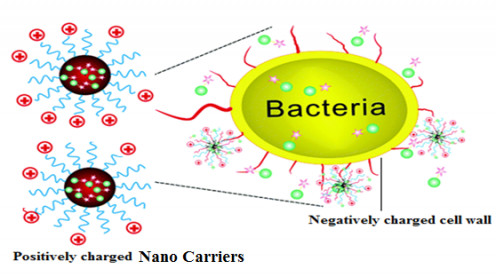
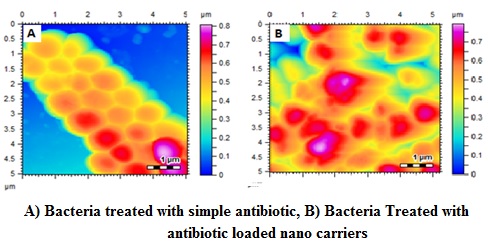
Future of Nanomedicines
Advent of nanomedicines have opened new avenues for researchers to explore new ways of making antibiotics therapy highly productive and cost-effective. Researchers are trying to make nanomedicines more attractive by inserting in genes recognition ability in nano carriers which ultimately recognize a pathogen of interest.


